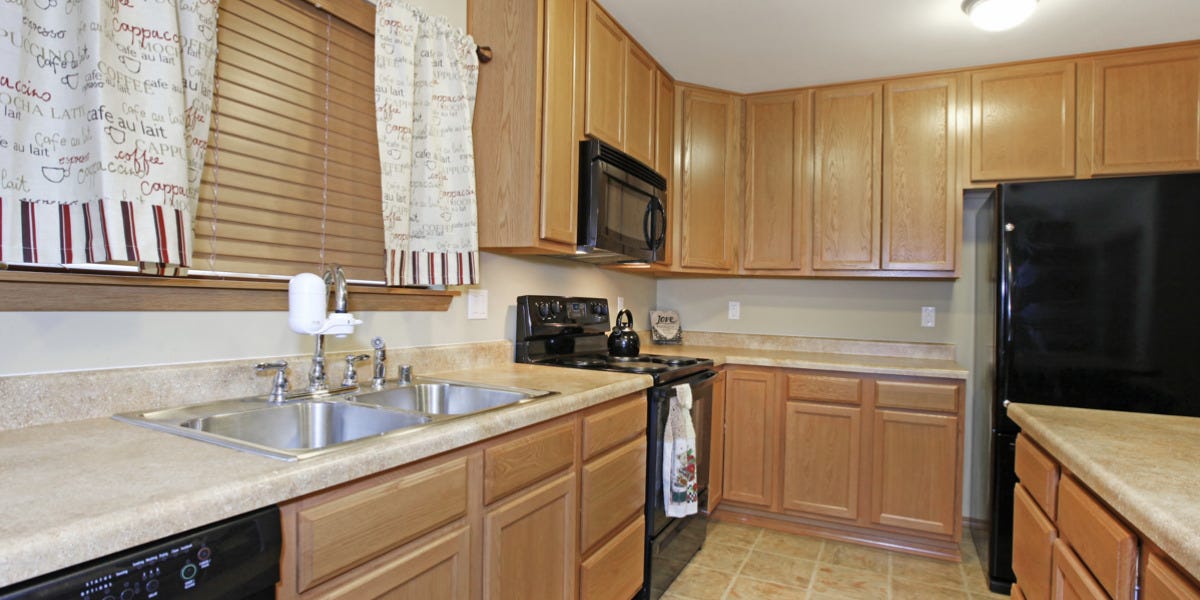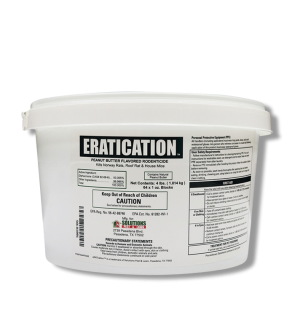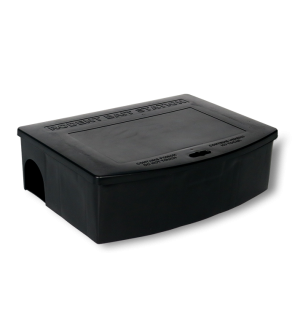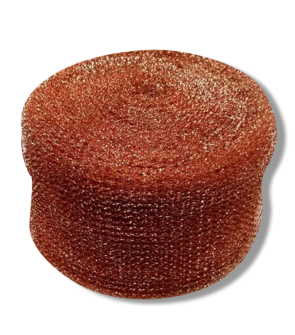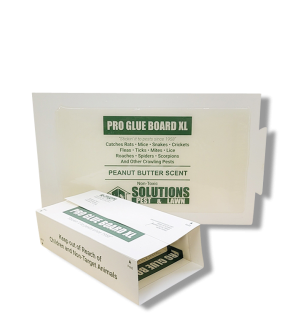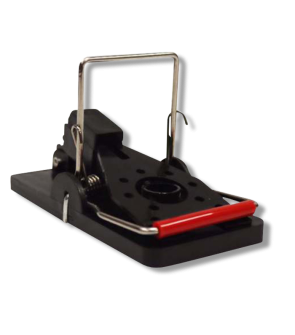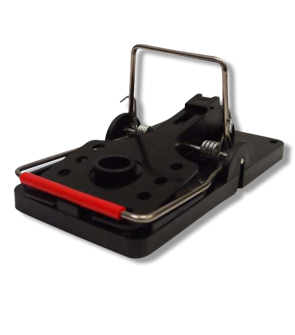Rodents in Kitchen
Most Effective Products
Common Rodents in Kitchen
The kitchen is often the most frequently used space in homes, as it's often filled with family, friends, and food. While the aromas of cooked food or preparing meals on counters can bring everyone together, unfortunately, they can also invite rodents.
Rodents such as house mice, deer mice, and Norway rats are often attracted to residential kitchens. These pests can contaminate your food, damage your home and kitchen, and spread diseases. If you see one rodent then this is usually a sign of a much larger infestation.
To keep rats and mice out of your kitchen, it's important to know these pests and the necessary steps to control them in this article.
If you are not seeing a pest listed here, then contact our customer service team by phone, email, or in-person at one of our store locations for professional recommendations.
Identification

For a better visual aid look at the image above: On the left is the house mice, the middle is the deer mice, and on the right is the Norway rat.
House mice can be up to 3-4 inches in body size, and its hairless tail between 2-4 inches long. Its coat is gray, light brown, to dark-gray to almost black colored with a white belly. Their ears are large and rounded. They also have pointed snouts, beady eyes, and a round shaped body.
Deer mice measure 2-3 inches in length for their bodies and their tails are 2-3 inches long. Its coat is brown or tan in color on the top and side with a white belly underneath it.
Their tails are two-tones of color with slight hairs whereas house mice tails are hairless. They also have large dark colored eyes, large rounded ears, and snouts are pointed.
Norway rats are large pests that measure up to 16 inches in length for their body whereas their tails add another 8 inches to it.
Most known for their shaggy or bristly fur with brown or gray coloration throughout it. Their undersides tend to be a lighter gray to grayish brown color. Its snouts are blunt shaped, and its eyes and ears are small.
Inspection
 Rats and mice can make themselves at home in kitchens by creating nests behind or under stoves, refrigerators, cabinets, inside walls, in the spaces between floor boards, and in boxes used for food storage.
Rats and mice can make themselves at home in kitchens by creating nests behind or under stoves, refrigerators, cabinets, inside walls, in the spaces between floor boards, and in boxes used for food storage.
Treatment
Step 1: Limit Food Attractants
 The problem with rats and mice is that they are omnivores, which means they will eat almost anything.
The problem with rats and mice is that they are omnivores, which means they will eat almost anything.
To keep them away, secure food indoors in a plastic sealable container. This also goes for any food items stored in cardboard boxes or plastic bags.
Open trash cans in and around your home is an open invitation to rodents. Cover all trash or recycle bins with a tight-fitted lid. Move trash away from your home's foundation.
Remove or empty out water sources in and around your home such as pet dishes filled with water overnight. Tighten up loose faucets and pipes around and inside of your kitchen and home.
We recommend using Solutions Pro Rat Glue Board XL under sinks, behind and under kitchen appliances, pantries, and along walls to monitor for indoor rodent infestations.
Step 2: Set Snap Traps
 Rodents will not leave on their own, and for that reason you will need to take action to get rid of them in your kitchen. The fastest way to do this is set out several snap traps.
Rodents will not leave on their own, and for that reason you will need to take action to get rid of them in your kitchen. The fastest way to do this is set out several snap traps.
Solutions Easy Set Rat Traps and Solutions Easy Set Mouse Traps are durable plastic snap traps that capture either rats or mice within your kitchen. This product also keeps your fingers away from the metal bar when disposing of deceased rodents.
We recommend placing snap traps loaded with peanut butter in and around sites you have seen rodent activity.
Signs of rats and mice kitchens are droppings in cabinets, under sinks or other appliances, along shelves, and near food packaging. Also look for holes or signs of chewing on food packaging, furniture, or kitchen appliances.
Place the snap traps along walls, in the corners of rooms or pantries, against the back of the wall in cabinets, and under or behind kitchen appliances.
Check these traps regularly and properly dispose of deceased pests.
Step 3: Place Rodent Baits Outside

The next thing to do is to use rodenticides outside of your home to tackle rat and mice infestations in kitchens. Use the rodenticides according to the manufacturer's instructions.
We recommend using the Solutions Rat and Mouse Bait Station loaded with Eratication Rodent Bait. This flexible unit can be used to bait for all types of rodents and its sturdy construction protects the bait from the weather, children, and unwanted animal attention.
Eratication Rodent Bait comes in the form of a block with a hole in the center to easily be placed onto bait stations. This product is especially attractive to rats and mice, because it is formulated with a peanut butter scent and seeds.
When rats and mice feed on this synthetic rodenticide their blood becomes clotted leading to death within 2 to 4 days.
While wearing gloves, open the Solutions Rat and Mouse Bait Station and load with 4 to 6 Eratication Rodent Bait on the metal rods inside the station, then close.
Place the loaded bait stations flat against your home's exterior wall as this will be the pathway most frequently used by rodents. Each bait station used should have a distance of 20 to 40 feet.
Once a day open the bait station to replace Eratication Rodent Bait Blocks and to remove any deceased rodents. Continue to use this bait until rodent activity and the rodent itself are no longer noticed.
Key Takeaways
How Do You Get Rats and Mice in Kitchens
- Rats can travel through openings as small as a quarter whereas mice can enter through openings as small as a dime. Any openings around plumbing penetrations, window and door frames, roof, and other voids serve as entry points. For this reason, fill these openings with caulk and copper mesh.
What Attracts Rats and Mice to Kitchens
- Rats and mice are attracted to the abundance of food residue and odors located in kitchens. A home with foliage, trash, or gardens near the foundation can also entice rodents to come into kitchens.
Where Do Rats Nests in Kitchens
- Rats and mice like to nest in areas such as cupboards, shelves, behind kitchen appliances, inside walls, and wall voids in kitchens.
